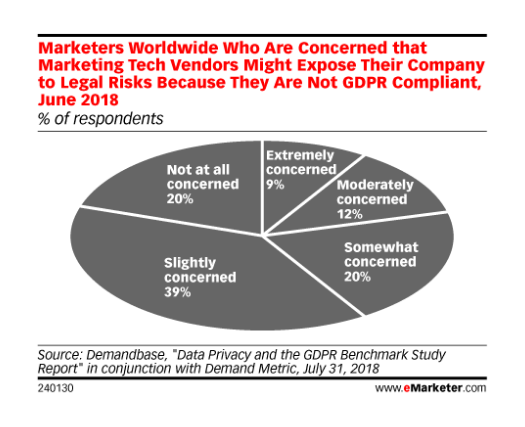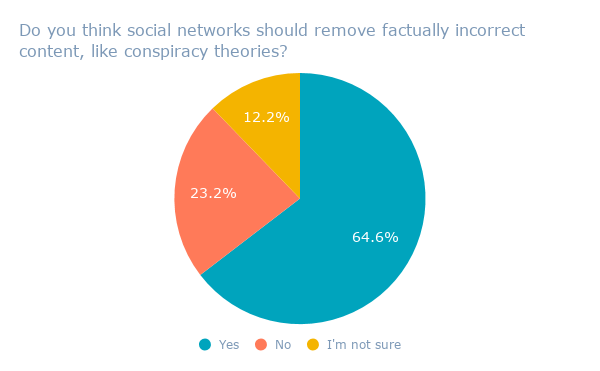What is UI?
UI, which stands for User Interface, is every visual element a user might interact with on a technological device, including the computer itself, as well as apps and websites. Nowadays, UI typically relates to a user’s experience interacting with a web page, video game, or TV interface, and primarily pertains to the alignment of buttons, scroll bars, icons, and logos.
To simplify what UI is, we’ll start with a metaphor.
Let’s say you go to a fancy new Italian restaurant and order a pasta dish. When it comes, you’re amazed with the presentation: the pasta is clustered in the center, with a light pink cream sauce drizzled over the top in a zigzag formation. There are two small green basil leaves in the center, and a few dots of pesto in the left corner.
In metaphor-world, the beautiful presentation of your meal is the responsibility of the UI designer, including the alignment of the elements (the pesto in the left, for instance), and interactivity as it relates to the user-experience (the light drizzling of the sauce so each bite is equally satisfying).
The UX designer, on the other hand, is responsible for everything as it relates to the larger business and your experience as their customer, including the smells and ambiance of the restaurant, the chef and waitstaff’s processes for cooking and delivering food, and the menu options.
While this is obviously a simplification, it corresponds well to the definition of UI. A UI designer is essentially in charge of how everything aligns on a page in relation to each other. She decides the hierarchy of the elements (“Should the logo be at the top or the bottom?”), as well as the interactivity of the entire product (“Should the navigation be organized in scroll-down menus, or clickable buttons?”).
UI designers typically work with software programs, websites, and mobiles apps, but they might also use their skills for video games or TV interfaces.
You might not notice UI unless it’s ineffective. For instance, maybe you steer clear of a website if you think the site looks confusing, or maybe you laugh at the old navigation on your 2002 PlayStation. Those user experiences dissatisfy you and influence your interactions with the business.
On the contrary, effective UI goes a long way towards compelling you to interact with a business on a regular basis. For instance, many users have preferences over dating apps, like Bumble versus Hinge, or ride-sharing apps, like Uber versus Lyft. Those apps have different business models and services, so there are plenty of reasons you’d choose one over another — but if you didn’t know anything about either, and I showed you two apps side-by-side, I’m guessing you’d intuitively gravitate towards one. Likely, an impressive UI design would cause that initial gravitation.







Deje su comentario